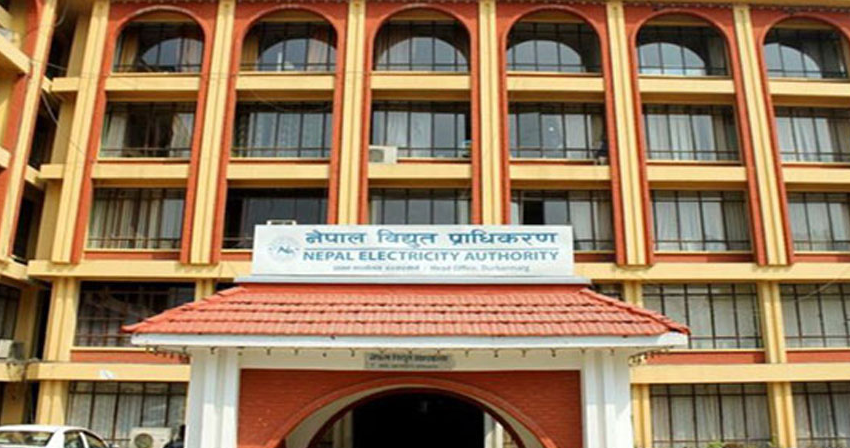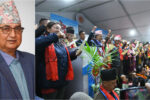KATHMANDU: Electricity is being exported to India according to the quantity for which it had given permission for.
There used to be surplus power in the previous years as electricity used to be generated matching the installed capacity.
Five hundred megawatts of power was in surplus in the last monsoon alone which was equivalent to Rs 5 billion calculated in terms of its market value. However, Nepal Electricity Authority (NEA) did not face this problem this year as it has started selling the entire approved 364 MWs of electricity in India through the power exchange market there.
The state-owned power utility body is now selling 37.7 MW from Trishuli and Devighat hydroelectricity projects, 140 MW from Kaligandaki hydropower project, 68 MW from Middle-Marsyangdi hydropower project, 67 MW from Marsyangdi project and 51 MW from Likhu-4. The latter is a project developed by the private sector.
This year, the NEA first started selling electricity generated by Trishuli and Devighat from June 2 with the country’s power plants producing surplus electricity due to rising water levels in the rivers where the power plants are based.
After the NEA starts selling the 51 MW from the Likhu-4 project from midnight Friday, it will be selling a total 364 MW of power in the Indian market.
NEA need not have to face the problem of managing the surplus power this year due to the government’s meaningful efforts. The problem of the country’s power utility having to shut down production at its powerhouse to buy power from the private power producers has also been resolved with this.
Last year, NEA had to suspend production from its semi-reservoir type projects and purchase the electricity generated by the private sector owned projects last year.
“To be able to sell the entirety of surplus electricity generated for export with approval received from India is a milestone for the country’s electricity trade,” the NEA said in a press statement quoting its Managing Director Kul Man Ghising. “This has ended the possibility of wastage of surplus energy.”
He said that the NEA is making efforts with Indian officials to sell additional electricity in the Indian market in the coming days.
According to NEA, Nepal has received a maximum rate of Rs19.2 (INR 12) per unit and a minimum of Rs3.99 (INR 2.49) per unit at Indian Energy Exchange Limited (IEX), a power trading platform. “Nepal is receiving an average price of Rs11.42 (INR7.14) per unit for Friday,” the power utility said.
The state-owned power utility body had first sold electricity from the Trishuli and Devighat power plants for nearly one and a half months starting early November last year. But the country had to import electricity from India with the onset of the dry season in December when water levels in the rivers reduced, decreasing the output of the hydropower plants.
On the eve of monsoon this year, Nepal again started to export more power with the rise in the production of electricity. Nepal’s peak demand for power on Friday stands at 1,773MW, according to NEA.
It has been able to export energy to India at a time when its southern neighbor is facing an energy crisis due to the shortage of coal and its skyrocketing prices internationally amid the Russia-Ukraine war.
Ghising described the sales of 364MW of electricity as an implementation of Joint Vision Statement on Power Sector Cooperation issued jointly by Prime Minister Sher Bahadur Deuba and his Indian counterpart Narendra Modi in early April.









Comment